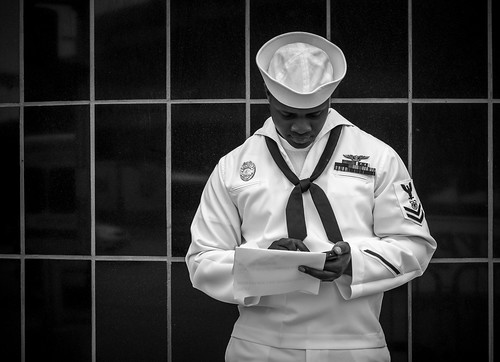 |
| The Fuji XF35mm (53mm equivalent), F1.4 lens did a great job. 1/1000, f2.8 at ISO 200. |
I have been a fan of the Fuji X cameras since I purchased a X-10 in 2012. Then after spending ten days with a X100S in 2013, I immediately ordered one for myself and I still carry and shoot with it almost daily. Would I love the X-Pro1 as much as these previous cameras?
The X-Pro1 is not a new camera, in fact it has been around since March 2012 and there is no shortage of reviews and testimonials from photographers who really like this camera. So why am I just writing about it now? Well maybe it's because I was so wrapped up in my X100S that I never really considered another APS-C camera, or maybe it's because I started seeing rumors about a X-Pro2. Whatever the reason, I figured it was time – probably long overdue, that I gave this camera a try.
Of course there is one major difference between the X-Pro1 and the X100S, interchangeable X mount lenses. In 2012 Fuji originally offered three lenses; a 60mm (91mm) f2.4 macro, 18mm (27mm) f2 and the aforementioned 35mm. As of this posting, there are now at least nine additional lenses, including zooms and offerings from other manufacturers, including Carl Zeiss. It never bothered me that the X100S was a fixed 35mm equivalent, since you work with what you have, but perhaps on a few occasions it would have been nice to have options. That said, I only had the 53mm lens available to me during the trial period, so I made that work and admit I enjoyed the change.
FIRST IMPRESSIONS
The X-Pro1 has a great feel, classic look and you get the sense that it is just made for the streets. Physically, it is slightly larger and a bit heavier than the X100S, but continues to feel comfortable and natural in your hands. The XF35mm lens did protrude from the camera body more than I expected and took me a while to get used to. I've noticed many of the new lens offerings look huge and somewhat awkward on these APS-C cameras.
The Hybrid Viewfinder is similar the X100S, except it will update views based on lens choice. I still prefer the Optical viewfinder (OVF) over the Electronic viewfinder (EVF). I find the EVF darker than I would like and just a bit artificial. The OVF feels open and I like how I can see what is happening just outside the frame which is helpful, especially in street photography.
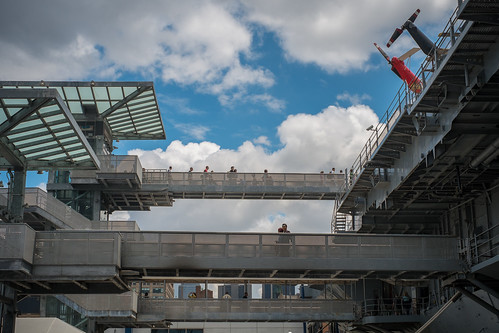 |
| I was still able to get that wide angle feel I'm used to with the X100S even though the XF 35mm is a 53mm equivalent lens. 1/1200, f5.6 at ISO 200. |
MY SETTINGS FOR SHOOTING ON THE STREETS
Set the AF Illuminator to OFF. The purpose of this light is to assist with autofocus in low light situations, but using the camera in lowlight situations is also the time you probably don't want to draw attention to yourself, or telegraph that you are about to take a photo. I didn't notice any focus issues, even in fairly low light, with the AF Illuminator off.
Place gaffer's tape over the Indicator Lamp. For the same reason I set the AF Illuminator to OFF, I prefer to cover over the Indicator Lamp on the back of the camera. I'm not so worried I'll be discovered or afraid of the interaction, however, if I can get a few frames off without being noticed, I prefer that.
Set Operational Volume off. Are you seeing a trend here. Plus no shutter noise is a real advantage of mirrorless over DSLR. Even my Nikon's quiet mode can't compete with silence.
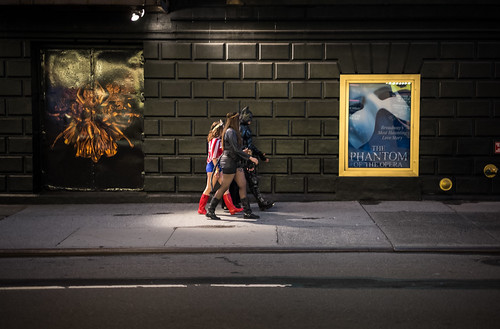 |
| Using Auto ISO meant that I could shoot all day in and out of the shadows and then well into the night without thinking about it. 1/125, f1.4 at ISO 2500. |
 |
| I used continuous shooting (burst mode) set to six frames per second (max for this camera) to capture this photo in Coney Island. 1/300, f11 at ISO 200. |
SOME FINAL THOUGHTS
The X-Pro1 did seem to focus quicker than the X100S, but there was
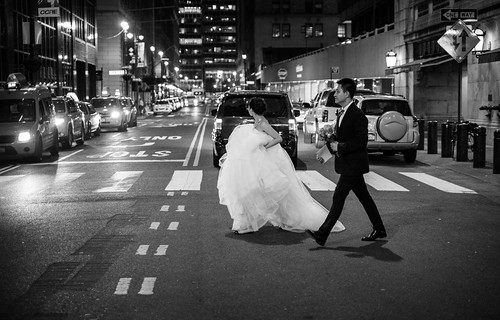 |
| In street photography, scenes like this happen quickly and having the camera awake and ready to shoot is key. 1/125, f1.4 at ISO 2500. |
I know there are other new X offerings from Fuji like the XE-2 and the XT-1, but I really love the rangefinder styling of the X100S and X-Pro1. The XT-1 has been getting a lot of favorable reviews and I'm looking forward to testing it in the future.
However for now, I've gone back to shooting with my X100S and really am not looking to change anytime soon. That is unless the X-Pro2 rumors pan out.


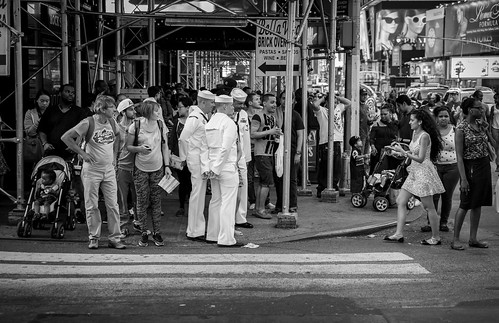
No comments:
Post a Comment